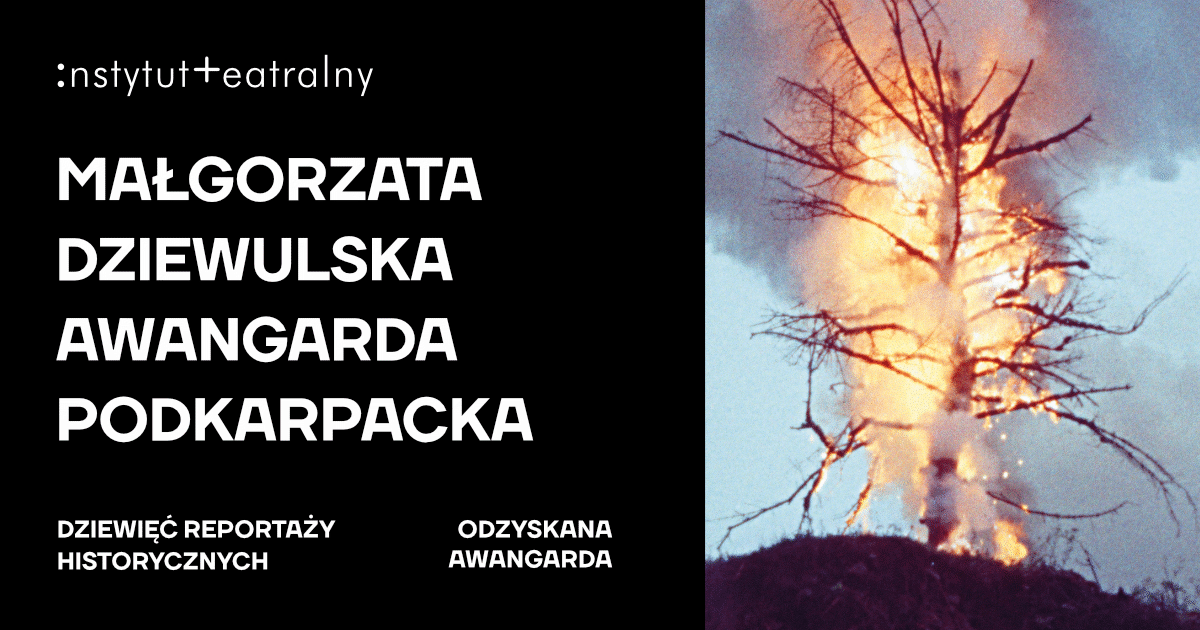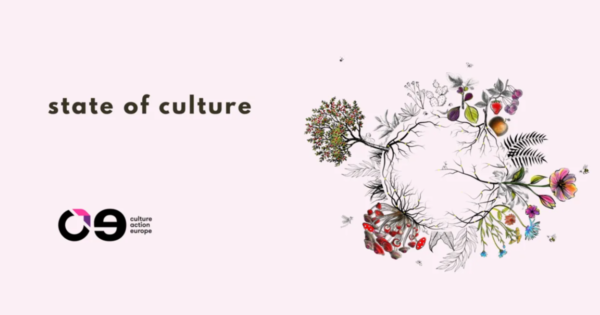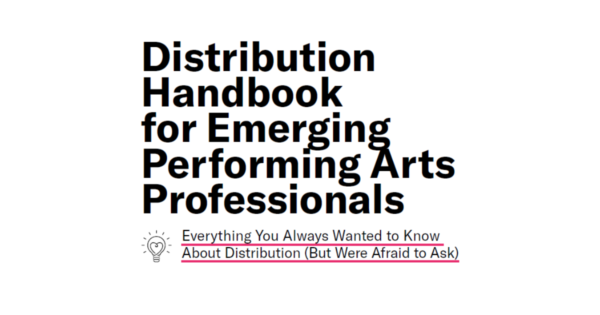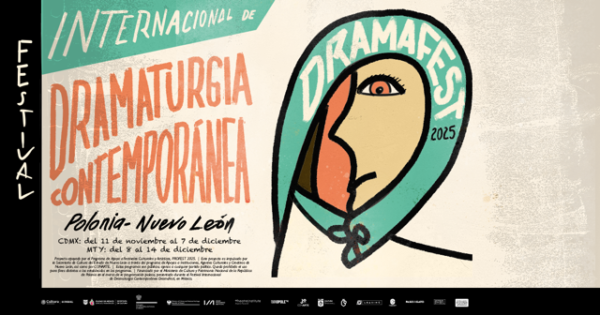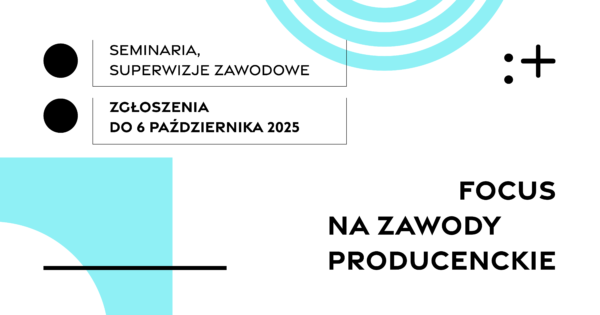The Zbigniew Raszewski Theatre Institute recently published a subsequent book (in Polish) as part of the “Reclaimed Avant-garde” project. In the form of reportage, Awangarda podkarpacka. Dziewięć reportaży historycznych [The Avant-garde of the Carpathian region. Nine historical reports] deals with the life and work of individual artists and gives voice to sources that speak of the imaginative historical experience. The book is available in the Institute’s Prospero Bookshop, and online at prospero.e-teatr.pl.
This book embodies the objectives of the ‘Reclaimed Avant-Garde’ project and documents a fragment of the interwar avant-garde in Central and Eastern Europe. This part of the movement was active in two Galician provinces in the upper basin of the Dniester and Vistula rivers, amid the cultural mosaic that was Eastern Galicia. The Ukrainian, Polish and Jewish traditions that permeated the region, by then several-centuries-old, had a history much longer than the modern concept of the nation state. For this reason, dividing the region into national sections is seldom instructive.
The book uses reportage to describe the lives and work of individual artists, but mostly to give voice to sources that speak of the historical experience that shaped the prevailing mental outlook. The indigenous Ruthenian lands of the region had been subjected to colonial exploitation for centuries. In the 20th century, a brutal rivalry between political powers thrust them into the centre of armed conflicts. The physicality of this experience meant that Eastern Galician artists maintained stronger bonds with their regional landscapes and their forebears than did artists elsewhere. This confronted the brutal manifestations of advanced civilisation with fundamental questions. Thus, in the background of this avant-garde image, the figure of the half-pagan, the ecstatic man from the distant past, with his experience of the Counter-Reformation and the Baroque, sometimes shines through.
Once the modern travel culture enabled artists to come into direct visual contact with the products of the Western imagination, there was a genuine fusion of modernism with the challenges posed by both the past and the region’s geopolitics. This fusion was underscored by the conviction that art was ruthlessly separate and autonomous, and therefore capable of providing a counterbalance to the aggressive historical order. Apart from new means of expressing the perception and experience of the world, this approach offered respite in a ‘higher order’ of sorts.
A considerable portion of the book is devoted to the artistic biographies of selected Ukrainian artists who lived in Eastern Galicia. The first and longest chapter tells the story of Les Kurbas, who created his own theatre on the Dniester, although he originated from Eastern Galicia. It was there that he set out on his artistic path, marked by, as in the case of his peers, a specific maximalism in the understanding of the objectives of art. The biographical threads in the epic about Kurbas introduce the reader to the reality of Kyiv’s avant-garde. It is impossible to comprehend the Western Ukrainian avant-garde that operated in the Second Polish Republic without this context.
The East Galician birthplaces of most of the painters in the Kraków Group are also beyond the reach of European maps. In the 1930s, their canvases reflected a considerably wider world than the materialist-nationalist alternative that dominated the ideological journalism of the day. Their ideas and forms, as well as their artistic codes, were arranged in specific patterns. Like the Ukrainians, the Kraków representatives of the second avant-garde seldom fled from the common world and seldom succumbed to the temptations of introspection. The challenge of ‘neopaganism’ meant something different here than in the West.
The exoticism of Galician art was directly expressed in painting and theatre. Since words cannot always express it, this book also presents an alternative – visual – narrative. The illustrations, drawn from the sources of the local imagination, are a survey of the reproductions of works of art available today. Their sensual and visual idiom retains its links with the different varieties of Sub-Carpathian spirituality.
Małgorzata Dziewulska, Academic, author of works on contemporary mise-en-scène and theatre, and theatre director. In the 1970s, she co-founded the Puławy Theatre Studio, co-edited the monthly magazine Res Publica and worked with the Jerzy Grotowski Laboratory. In the 1990s, she worked in the literary management departments of the Stary and Narodowy Theatres (she was literary manager under Jerzy Grzegorzewski) and the Dramatyczny Theatre in Warsaw. She was a lecturer at the Theatre Studies Department of the Theatre Academy in Warsaw and held seminars at the Zbigniew Raszewski Theatre Institute. She also works in the field of documentary film. She is the author of “Teatr zdradzonego przymierza” [The Theatre of the Betrayed Covenant], “Artyści i pielgrzymi” [Artists and Pilgrims], and “Inna obecność” [Another Presence]. Since 2018, she has been a Reclaimed Avant-garde research platform member.
